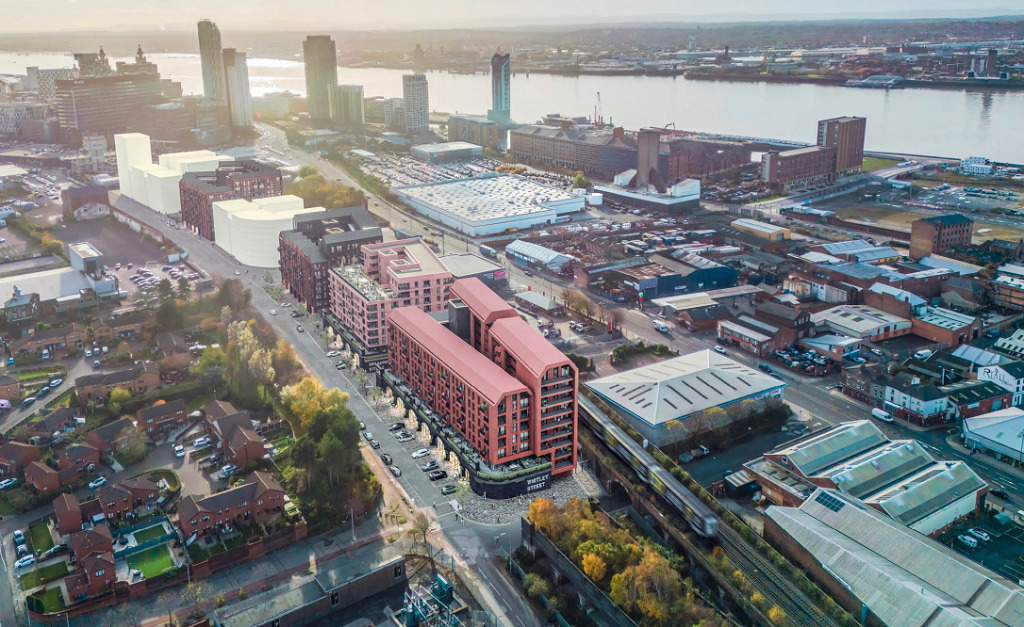RESOURCES | Stamp collecting: SDLT past, present and future
The changes to Stamp Duty Land Tax on residential property announced in the Chancellor’s Autumn Statement will be welcomed by most buyers, but represent a radical shift in philosophy, writes Bill Chandler of Hill Dickinson.
Evolution
Twenty years ago, stamp duty on property purchases was a remarkably simple tax. Either the property fell within the nil-rate band so that nothing was payable, or the price exceeded the nil-rate band and tax of 1% was payable on the whole price.
Over time, higher rates of tax were introduced for higher value properties and those higher rates were inevitably increased. The fact that the relevant rate of tax was applied to the entire price meant that modest increases in purchase price could result in a disproportionate increase in the amount of tax payable if it pushed the transaction over one of the thresholds.
or example, tax of £2,500 would be payable on a purchase for £250,000, but a purchase for £260,000 would be taxed at 3% rather than 1%, costing £7,800.
Recent years have witnessed an increasing divergence between residential and non-residential property. Residential property has a lower nil-rate band than non-residential (£125,000 rather than £150,000) and higher rates have been introduced for valuable residential property, including a 5% rate for properties over £1 million, 7% for properties over £2 million and the punitive 15% rate for ‘higher threshold interests’, which now applies to residential properties over £500,000 purchased in corporate ‘envelopes’.
Revolution
Whilst all these changes represented the development of the existing system, the changes introduced by the Autumn Statement on 3 December 2014 represent a fundamental change of direction for the taxation of residential property transactions.
By moving to a ‘slice’ system where only the relevant proportion of the purchase price falling within each band is taxed at the applicable rate (similar to income tax), the massive hikes that previously applied when moving from one band to another are avoided.
The tax bands and rates have been set so that most buyers will pay less tax, especially at the lower end of the market. In fact, more tax will only be paid on purchases between £937,500 and £1 million and those over £1,125,000. The Government estimates that 98% of byers will benefit from the changes, with SDLT on the average family home plummeting from £8,250 to £3,750.
|
The new SDLT rates for residential property |
|
|
Up to £125,000 |
0% |
|
£125,001 – £250,000 |
2% |
|
£250,000 – £925,000 |
5% |
|
£925,001 – £1,500,000 |
10% |
|
Over £1,500,000 |
12% |
Non-residential property is unaffected by the changes and continues to be taxed in the traditional way.
Similarly, Higher Threshold Interests (residential properties over £500,000 purchased in corporate envelopes) continue to be taxed at 15% of the entire price.
Devolution
It is interesting to note that a ‘slice’ approach to taxing property transactions also underpins the new Land and Buildings Transaction Tax which replaces SDLT in Scotland on 1 April 2015, and had been mooted as a possible change to be introduced when SDLT is devolved to Wales. It remains to be seen, however, whether this new philosophy will be extended in due course to non-residential property in England and Wales.
This article was originally published through Place Resources



